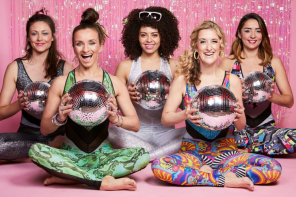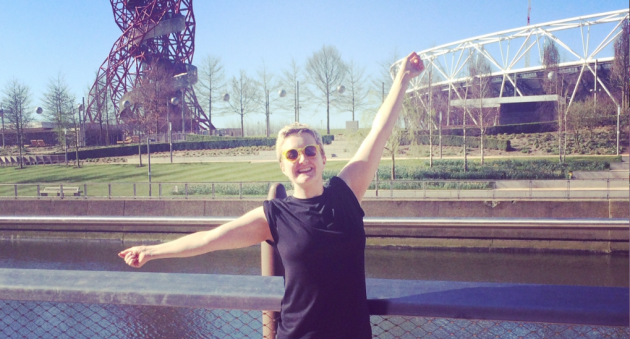Over-pronation, under-pronation, stability, neutral, barefoot… Choosing running shoes can be a jargon-filled nightmare. Luckily, running expert Sam Barnes has an impartial, honest and straightforward guide to picking the perfect pair.
Whether you’re a swift and serious runner or a complete beginner, these recommendations should stand you in good stead when choosing new shoes. There are a few basic rules to follow, but the rest, you’ll be pleased to hear, is common sense.
The basics
- Ensure you have plenty of room for your toes and feet to flex – the front of the foot works best when unrestricted
- Make sure your heel doesn’t slip out of the shoe – if your heel slips there’s a greater tisk of rubbing and blisters
- Your ankles should feel stable – an unstable ankle puts unecessary stress on the muscles and connective tissues
- Forget your normal size and experiment to see what feels best
- Don’t be pressured into choosing shoes quickly, be fussy with the fit
Now for the rest:
Happy with what you’ve got?
Stick with them. If you have a pair you’re ecstatically happy with, that look good, feel good and have kept you injury free, then you’re a lucky sod and I’m happy for you. Proceed to your vendor of choice and purchase another pair forthwith.
Try them on
If you’ve not found your perfect shoes, or aren’t sure what you’re looking for, get trying some on. The best way to choose shoes is to see how they fit and what feels best for you. A good running store will have a range of models to try and the facilities to try them, whether that’s a treadmill or the ground. After all, you’re going to be running, you need to know what they feel like on the move.
Forget the jargon
Clear your mind of terminology. Over pronation (a rolling in of the foot as you run) is a term often bandied about by apparently credible voices. But the idea that certain foot postures are bad and others not, isn’t supported by any rigorous evidence. Infact, it appears to be contradicted by some studies.
The only evidence that should influence your choice of shoe is your own experience. So, if you’ve previously hated firm shoes and enjoyed running in softer models, go for something soft. If stiff and bulky shoes have correlated with periods of injury, perhaps look at more flexibile options.
Expensive doesn’t necessarily mean good
Don’t have your head turned by the flashing lights of advertising campaigns. Despite the claims sometimes made for expensive shoes, they won’t make you run like Paula Radcliffe. But while you don’t have to plump for the priciest pair, you do still need to go for quality. Staff at specialist stores will give you an honest opinion on the various models available. They’ll help you choose a pair to avoid blisters and discomfort, last well and be reliable. Shoes that make you want to lace them up and show the streets what you can do!
In short – as far as running shoes are concerned, what feels right, is right.
Got any questions? Post them in the comments box below or send us a tweet @lungesandlycra and Sam will be happy to respond.




